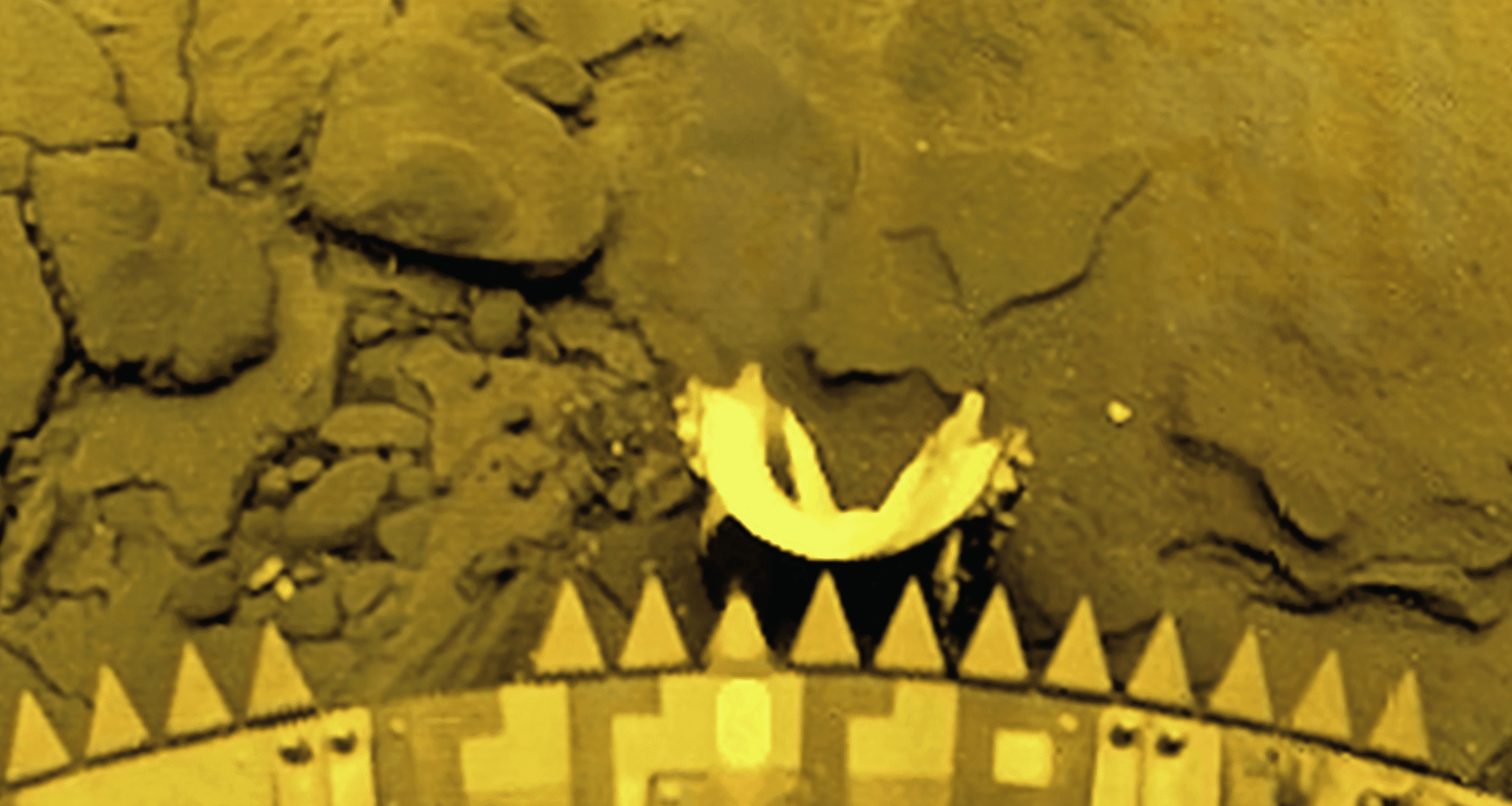In the heart of the Cold War, a Soviet probe sent back images of Venus that had never before been seen by human eyes. These rare photographs, which lay dormant in archives for decades, have now been unlocked for the public to marvel at. They offer an unprecedented glimpse into the harsh and unforgiving surface of the planet. As further research and discoveries unfold, the significance of these images grows, shedding new light on Venus’ enigmatic nature.
Soviet Space Mission: A Glimpse into the Past
The Soviet Union’s Venus program, led by the Venera series of spacecraft, remains one of the most significant achievements in space exploration. Launched in the 1960s and 1970s, these missions were designed to uncover the secrets of Venus, a planet that had captivated scientists for centuries. Despite the intense heat and pressure on Venus’ surface, which makes it almost impossible for spacecraft to survive long enough to capture meaningful data, the Venera probes succeeded in sending back valuable images.
These photos, which now have been rediscovered, give us a window into a bygone era of space exploration. However, what makes these images so important is not just their age, but their clarity. The photographs taken by the Soviet probes are among the first to show the actual surface of Venus, which until then had been obscured by its thick clouds. The remarkable success of these missions was a feat of both engineering and scientific perseverance.

New Revelations: The Planetary Society and NASA’s Role in Unveiling the Past
The significance of these newly released photos cannot be overstated. As highlighted by NASA and The Planetary Society, the images not only provide new details about Venus but also open up fresh avenues of research about our planetary neighbor. For decades, the understanding of Venus has been based on indirect observations. The atmosphere, primarily made of carbon dioxide, creates a crushing greenhouse effect, causing surface temperatures that can melt lead. With these newly accessible images, the ability to study Venus in such detail has given scientists renewed hope for more targeted exploration missions in the future.
Venus may still be largely inhospitable, but by studying the surfaces captured in these images, scientists now have a better chance at understanding its climate and geological history. With NASA’s involvement, including the collaboration on space missions like the upcoming VERITAS mission, which aims to map Venus’ surface in greater detail, the study of Venus has entered a new and exciting phase.

The Mysterious Atmosphere of Venus: Decoding Its Secrets
Venus has long been an enigma to astronomers. Its dense atmosphere, composed mostly of carbon dioxide with clouds of sulfuric acid, makes it impossible to see its surface with traditional telescopes. This has led scientists to rely on radar mapping and spacecraft flybys for years. However, despite the technological advancements of modern space exploration, Venus’ true nature remains elusive.
The Venera probes, which were equipped with specially designed instruments to withstand the planet’s extreme conditions, were able to provide critical data that continues to shape our understanding of Venus. The images taken by these probes were among the first ever captured of a planet so far removed from Earth. But what did they reveal about Venus’ surface? Vast plains of basaltic rock, twisted mountain ranges, and vast volcanic landscapes were visible in the photos, offering clues about the planet’s geological history.
The Evolution of Venus Research: From Cold War Rivalry to Collaborative Exploration
What is remarkable about the rediscovery of these photos is not just their content but also the shift in how Venus is studied today. During the Cold War, space missions were often conducted in secrecy, with each side trying to outdo the other in a race for scientific supremacy.
The release of these Soviet-era images is a prime example of how the past and future of space exploration can be connected. Though many of the initial missions were driven by geopolitical motives, the modern-day space community sees Venus as a place of scientific discovery. The collaboration between private organizations like The Planetary Society and governmental bodies like NASA has already begun to bear fruit, with new missions in the works to further investigate the planet.
Why Venus Matters: Unlocking the Mysteries of Our Solar System’s ‘Evil Twin’
Venus is often referred to as Earth’s “evil twin,” a term that underscores the extreme differences between the two planets. Both planets share similar size, composition, and proximity to the Sun, but the conditions on Venus couldn’t be more different. While Earth is a habitable planet with liquid water, Venus is a hostile world with scorching temperatures and toxic clouds. Studying Venus is crucial for understanding the broader processes that shape planetary climates, including the greenhouse effect. Scientists hope that by understanding Venus’ extreme climate, they can gain insights into the fate of Earth as climate change continues to accelerate.
Venus also serves as an excellent analog for studying exoplanets in other star systems. Many exoplanets discovered in the last few decades share similar characteristics with Venus, including the potential for extreme greenhouse effects.

